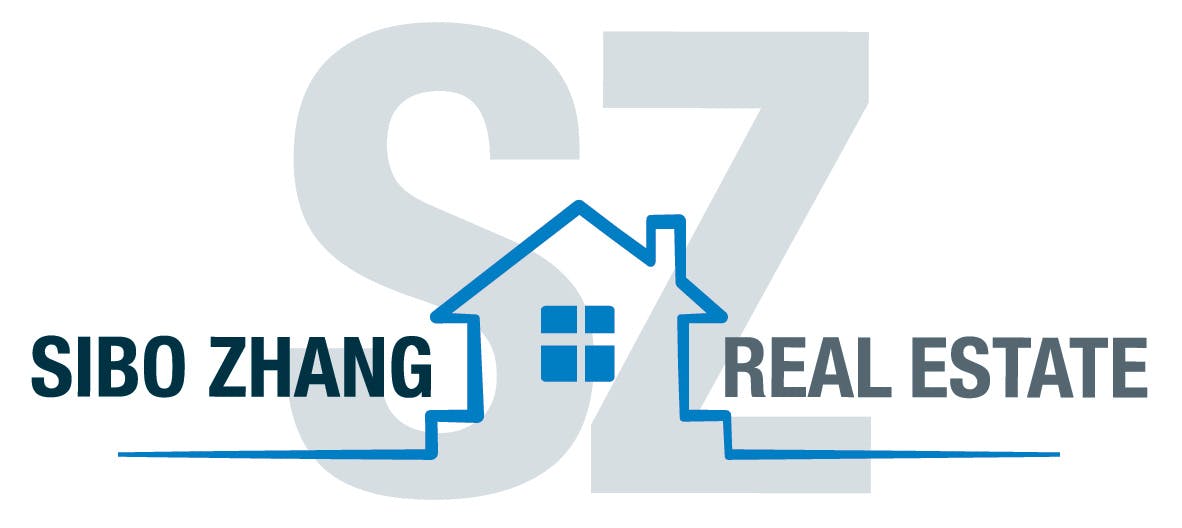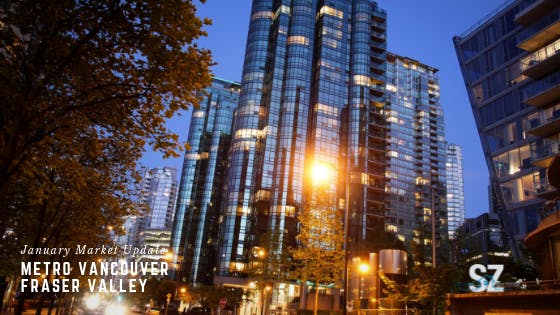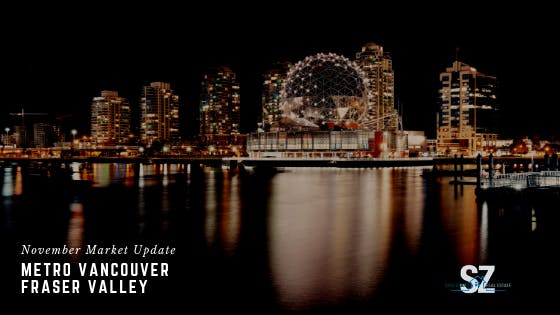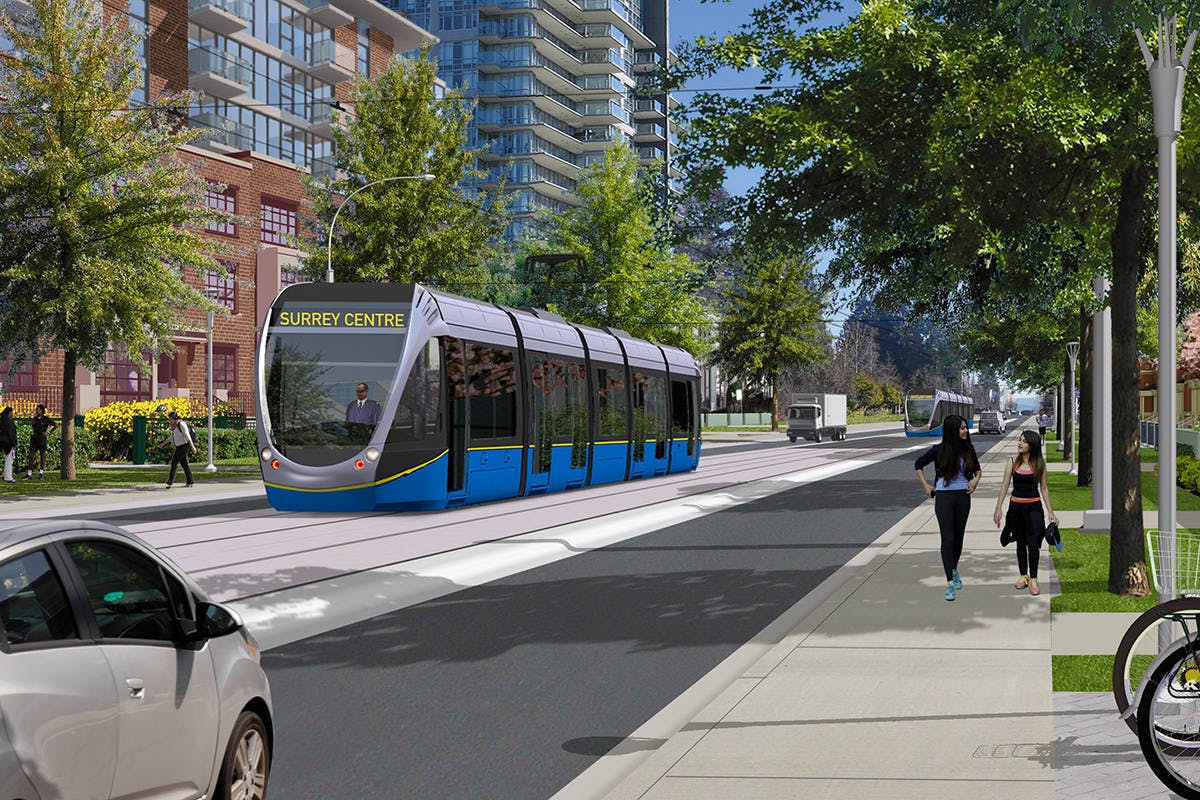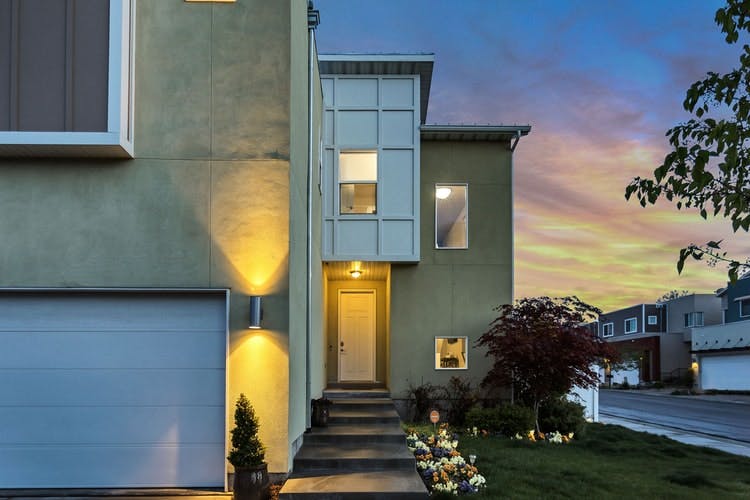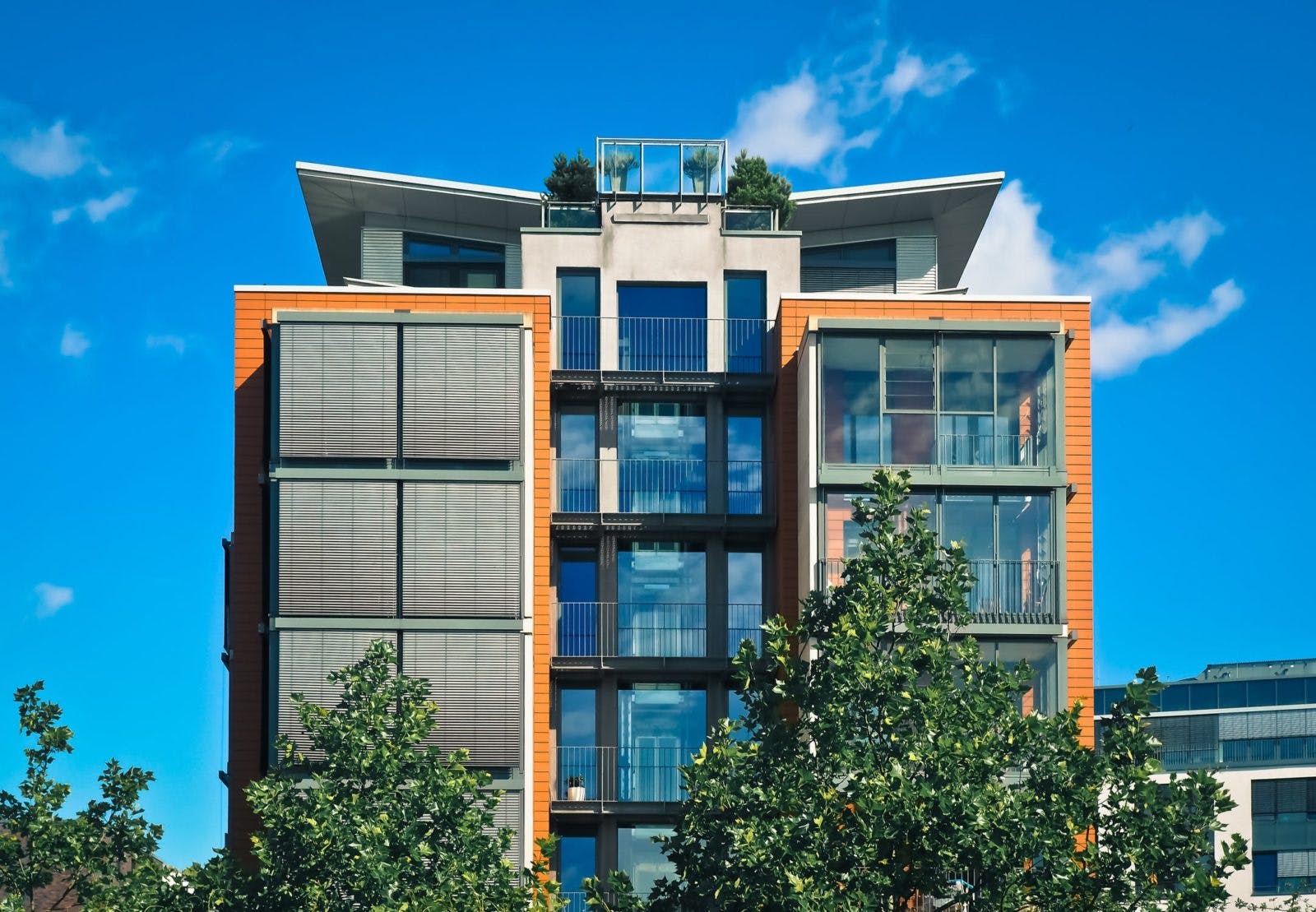A new year is upon us, and I welcome you back from the holiday season just past.
Everyone is wondering of course, what the residential market will do in the year ahead of us. It’s natural to want to gaze into the proverbial crystal ball to predict the future. And while I’m afraid I don’t have such a fortune telling device, I can advise you on the trend that is continuing from the end of last year.
In general, average home prices (benchmarks) are showing slight declines each month, although there are still minor upticks here and there, which is normal in any active market. Looking back at 2018 we can see the skyrocketing prices that had been occurring since 2016 suddenly peaked at the end of June last year. They have been declining in small increments each month since. We can safely surmise that this dramatic reversal resulted from government measures to cool the market: provincial foreign ownership and speculation taxes combined with new federal rules for stricter mortgage qualification.
Add to all this, higher variable mortgage rates pushed up by Canada’s central bank’s rising interest rates and it’s easy to see why prices are dropping. In the last six months of 2018, the cumulative decline was 6.5 per cent.
Forecasts and current trends
The first thing I will say about this trend is that there is no reason to think it will not continue into the near future. But exactly how long is anybody’s guess. I want to be very upfront with you about this. I will not tell anyone to list or buy at a specific time based solely on market statistics for two reasons: First, even an educated guess is still a guess, and two (more importantly), there are many personal and individual factors that need to be taken into consideration in such an important transaction. What I am able to do for my clients during a period of indecision is to help them evaluate what their needs are, both financial and for living accommodations, and how to develop a sound strategic plan based on their individual circumstances. This may be something like setting a threshold or target price to wait for, or a preparing a comparative market analysis on a property you are considering at the present time. I have also been able to assist clients in deciding on renovations that will help to maximize their value when they decide to sell; or to help prospective buyers with the features they want for their individual tastes.
Newsletter in 2019
I will continue to provide a monthly snapshot of benchmark prices for all property types across the Lower Mainland based on the latest statistics. I know readers like to watch these monthly changes in average prices. The cooling market has shifted from a sellers’ market to a buyers’ market since July last year, meaning that buyers don’t have to make offers frantically, as they did when the prices were soaring. A couple of statistics that I will include in this new environment are one-year and ten-year comparisons so you can get some idea of what the current benchmarks mean during this current period.
Combined Benchmark
The combined benchmark for all property types in Metro Vancouver at the end of December 2018 was $1.032,400, a decrease 2.7 per cent decrease from one year earlier, and a 0.9 decrease from the preceding month. This benchmark price is 102.5 per cent higher than 10 years ago. In the Fraser Valley the combined benchmark for all property types at the end of 2018 was $834,700, an increase of 2.5 per cent from one year earlier and a 0.8 per cent decline from the previous month. This benchmark price is 97.0 per cent higher than 10 years ago.
METRO VANCOUVER BENCHMARKS
Detached Homes
The benchmark price for a single family detached home in Metro Vancouver at end of December 2018 was $1,479,7000, a decrease of 1.4 per cent from the preceding month. The extremities of this average were Vancouver West (not West Vancouver) at $3,138,400 and the Sunshine Coast at $613,700. (Note I include the region only as a factor in the average, but I do not report on housing prices in this area because it is to far away for my clients). The three municipalities with benchmarks closest on the higher side of the average were: Port Moody at $1,485,300, a decrease of 0.9 per cent from the preceding month; North Vancouver at $1,569,800, a decrease of 2.6 per cent from the preceding month; and Burnaby South at $1,569,800, a decline of 2.6 per cent from the preceding month. The three municipalities closest to the benchmark on the lower side of the average were: Burnaby North at $1,448,900, a decrease of 1.4 per cent from the preceding month; Vancouver East at $1,447,300, a decrease of 1.6 per cent from the preceding month; and Coquitlam at $1,214,300, a decrease of 1.3 per cent from the preceding month.
Townhouses
The benchmark price for a townhouse in Metro Vancouver at the end of December 2018 was $809,700, a decrease of 1.1 per cent from the preceding month. The extremities of the average were Vancouver West (not West Vancouver) at $1,140,900 and Maple Ridge at $360,800. The three municipalities closest on the higher side of this average were: Richmond at $819,800, a decrease of 2.4 per cent from the preceding month; Vancouver East $850,000, an increase of 2.3 per cent from the preceding month; and North Vancouver at $994,300, a decrease of 2.0 per cent from the preceding month. The three municipalities closest on the lower side of this average were: Burnaby South at $790,800, a decrease of 0.9 per cent from the preceding month; Ladner at $760,500, a decrease of 1.2 per cent from the preceding month; and Tsawwassen at $748,800, an increase of 1.3 per cent from the preceding month.
Condominiums
The benchmark price for condominium in Metro Vancouver at the end of December 2018 was $664,100, a decrease of 0.6 per cent from the previous month. The extremities of the average were West Vancouver at $1,140,900 and Maple Ridge at $360,800. The three municipalities closest on the higher side of this average were: Richmond at $668,500, an increase of 1.5 per cent from the preceding month; Burnaby South at $685,700, a decrease of 0.6 per cent from the preceding month; and Burnaby East at $770,300, an increase of 1.0 per cent from the preceding month. The three municipalities closest on the lower side of this average were: Port Moody at $627,300, a decrease of 2.9 per cent from the preceding month; Burnaby North at $619,100, a decrease of 2.1 per cent from the preceding month; and North Vancouver at $567,300, a decrease of 1.2 per cent from the preceding month.
FRASER VALLEY BENCHMARKS
Detached Homes
The benchmark price for a detached home in the Fraser Valley at the end of December was $965,300, a decrease of 1.1 per cent from the previous month. The extremities of this average were South Surrey/White Rock at $674,100 and Mission at $651,900. The three municipalities closest on the higher side of this average were North Surrey at $973,500, a decrease of 0.6 per cent from the preceding month; Cloverdale at $982,200, an increase of 0.1 per cent from the preceding month; and Langley at $1,003,000, a decrease of 0.6 per cent from the preceding month. The three municipalities closest on the lower side of this average were: North Delta at $887,800, a decrease of 2.8 per cent from the preceding month; Abbotsford at $792,600, a decrease of 1.3 per cent from the preceding month; and Mission at $651,900, a decrease of 0.4 per cent from the preceding month.
Townhouses
The benchmark price for a townhouse in the Fraser Valley at the end of December was $531,900, a decrease of 0.2 per cent from the preceding month. The extremities of this average were South Surrey/White Rock at $572,100 and Abbotsford at $314,000. The three municipalities closest on the higher side of this average were: Cloverdale at $550,400, a decrease of 0.9 per cent from the preceding month; North Surrey at $577,600, a decrease of 1.9 per cent from the preceding month; and Surrey at $581,000, an increase of 0.5 per cent from the preceding month. The three municipalities closest on the lower side of this average were: Langley at $494,700, a decrease of 0.4 per cent from the preceding month; Mission at $455,900, an increase of 2.7 per cent from the preceding month; and Abbotsford at $383,400, a decrease of 2.1 per cent from the preceding month.
Condominiums
The benchmark price for a condominium in the Fraser Valley at the end of December was $418,300, a decrease of 1.0 per cent from the preceding month. The extremities of this average were South Surrey/White Rock at $500,100 and Abbotsford at $314,000. The three municipalities closest on the higher side of this average were: Surrey at $428,200, a decrease of 0.9 per cent from the preceding month; Cloverdale at $468,100, a decrease of 0.7 per cent from the preceding month; and South Surrey/ White Rock at $500,100, a decrease of 1.2 per cent from the preceding month. The three municipalities closest on the lower side of this average were: Langley at $413,100, a decrease of 0.9 per cent from the preceding month; North Surrey at $409,600, a decrease of 1.0 per cent from the preceding month; and North Delta at $400,000, a decrease of 0.8 per cent from the preceding month.
QUESTIONS? PLEASE LET ME KNOW
Please remember, I make my family home in Surrey and we are proud to see our city grow with the neighbourhood amenities that make for a wonderful life here. I am here to help with whatever your real estate needs may be. As a consistently recognized top-tier realtor, and with experience in finance, banking and real estate sales, I am happy to advise you, without pressure, so you can make a choice that will lead to your long-term happiness. Please let me know if I can help.
With my wife and two children, we wish you the very best for 2019.
